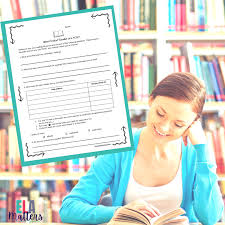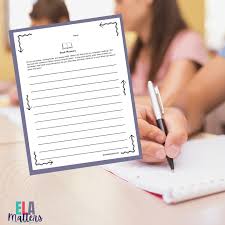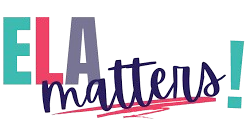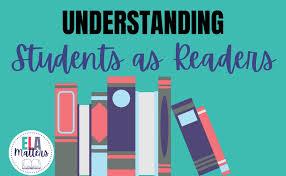At the beginning of the year, do you get so excited about sharing books you love that you forget to take the time needed to get to know your students as readers? I know when I first started teaching, I made assumptions about what my students knew about books and what I thought they should be able to read.
The reality however, was that many students came to class having only read books they were forced to or because a teacher required them to read it and even then, they didn’t always read. Many didn’t come to class with a love of reading, they only viewed it as an academic task.
Sad as it may be that there is most likely a student in my class that has never finished a book, it is equally sad to learn that many students come from homes where books and reading are not seen as essential. Because of this, I learned that in order for me to make a lasting impact, one that goes beyond their year with me, I needed to learn how my students viewed reading.
Sad as it may be that there is most likely a student in my class that has never finished a book, it is equally sad to learn that many students come from homes where books and reading are not seen as essential.
Getting to know students as readers helps to build that relationship with students. It helps me to understand where they are coming from when they are not reading in class. It helps me know how to challenge students who already love to read. By taking the time to get to know my students as readers, I can move them further along their reading journey, because I know exactly where they are starting.
Getting to know your students as readers is as simple as asking them about reading. Here are three ways I try to incorporate purposeful planning around students reading experiences.
Reading Interviews

Reading Interviews – that sounds more formal than it really is. A reading interview is simply sitting down with a student and asking them about their views on reading. What do they like about reading? What don’t they like about reading? What do they see as their struggle? How do they pick the books they read? And the list of questions could go on.
Determine what you want to know from the students and then develop a few questions to ask. Usually after the first few questions, the interview turns into a conversation and the questions are not needed so don’t spend a lot of time writing questions for this approach.
This should be a casual conversation with the student about books and reading. A judgement free zone in hopes of establishing a rapport with a student that benefits both you and them during reading conferences.
Interest Surveys
Interest surveys are great way to collect information about your students. I’ve often done this as a first week activity which gets students focused back into school. One problem I find with surveys, is that some students want to give you the answer they think you want to hear rather than the answer that accurately reflects their reading life.
This doesn’t mean that surveys are not a valid tool or a good place to start. If I feel like a student is giving me the answers they think I want, I will ask them to clarify their response during one of our first reading conferences.
Writing Assignment

Yes, a writing assignment – this is after all an ELA class. I’m not suggesting asking student to simply write how they feel about reading as your students that love reading will write way too much and your students that don’t like reading will have no idea what to write.
A writing assignment gives you both a glimpse at your students writing ability and their views about reading based on past experiences. Whenever I can do more than one thing with an assignment, I can get behind that!
Responses to prompts that ask students to reflect on how they felt about a specific experience or to share a memory tend to spark strong emotions related to reading. These written responses are a great jumping off point when introducing reading conferences.
Taking the time to get to know my students as readers has helped me, help them become better readers. It takes away the assumptions about what a middle schooler or high schooler should think or have experienced as a reader thus far in their educational career. Knowing that a student likes to read, just not that books that are assigned, gives me the opportunity to get a variety of books in front of the student – they will find a book they love if given the chance to choose their own reading materials!
These activities also help me understand my reluctant readers better. Many reluctant readers simply believe they can’t learn to read well – that idea comes from a variety of places, but it doesn’t really matter – If I can help my reluctant reader find a book they understand and enjoy, they will become the reader they were always meant to be.
As school begins this year, I encourage you to schedule time to not only build your relationships with your students, but also take the time needed to get to know each of them as a reader. What you learn about your students will be invaluable as you plan the remainder of your year.

